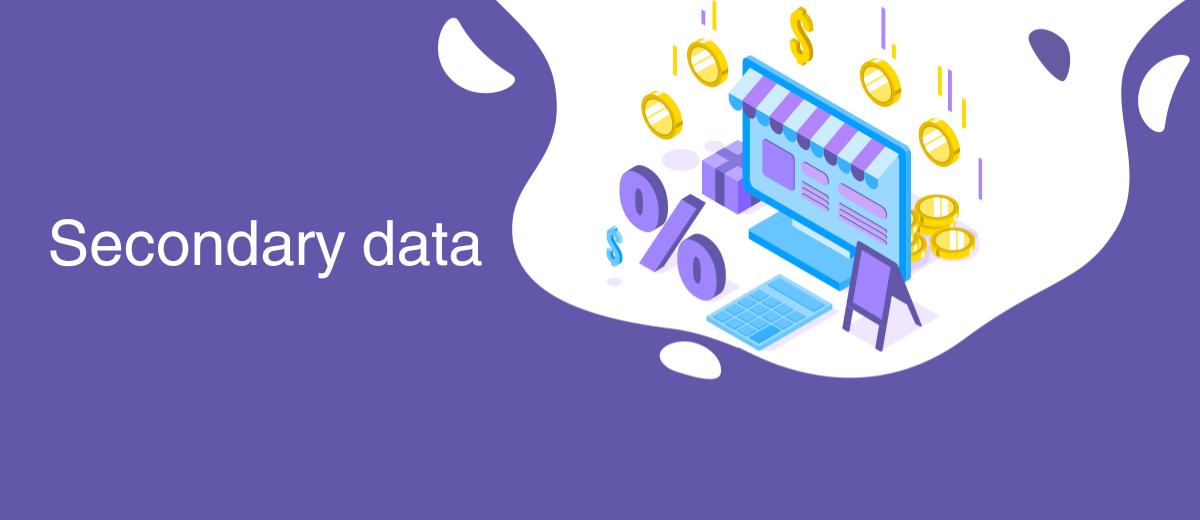Secondary data
To make informed decisions and create effective marketing strategies, businesses often rely on data. While primary data is collected firsthand by the business, secondary data plays a significant role in providing valuable insights into market trends, customer behavior, and competitive landscapes.
Secondary data sources can be divided into two categories: internal and external. Internal secondary data refers to information collected within the organization, such as sales records, customer feedback, and website analytics. This data can be used to identify patterns, measure performance, and inform business decisions. For example, a company might analyze historical sales data to determine peak shopping periods or identify best-selling products.
External secondary data, on the other hand, is obtained from sources outside the organization. This can include government publications, industry reports, academic research, and data from trade associations. Businesses can use external secondary data to gain insights into market trends, understand competitors' strategies, and identify opportunities for growth. For instance, a retailer might consult industry reports to assess the performance of similar businesses and identify gaps in the market.


One of the primary advantages of using secondary data is its cost-effectiveness. Collecting primary data can be time-consuming and expensive, while secondary data is typically more accessible and affordable. Additionally, secondary data can offer a broader perspective, as it often encompasses information from various sources and time periods.
However, there are some limitations to using secondary data. The data may not be specifically tailored to the business's needs, which can make it difficult to draw accurate conclusions or make informed decisions. Furthermore, secondary data may be outdated or subject to bias, which can compromise its reliability and relevance. In such cases, it is essential for businesses to explore reliable data room reviews to find platforms that offer secure and efficient storage for their secondary data.
In conclusion, secondary data can provide valuable insights and support decision-making processes in commerce. By leveraging both internal and external secondary data sources, businesses can gain a comprehensive understanding of market trends, customer behavior, and competitors' strategies. To make the most of secondary data, companies should carefully evaluate the quality and relevance of the information, and consider supplementing it with primary data when necessary.
Back Home eCommerce Encyclopedia
Set up integration without programmers – ApiX-Drive
Articles about marketing, automation and integrations on our Blog

